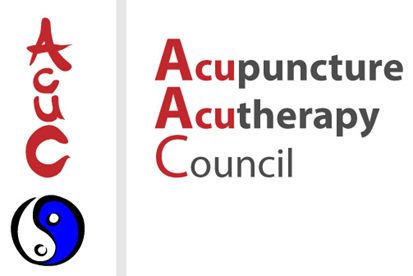Oriental Therapies
The world's most ancient and powerful traditional medicine

Chart Copyright Maria Mercati
- Traditional Acupuncture and other Oriental therapies that involve acupressure, such as Tui Na and Shiatsu, systematically work on the intrinsic energies of the body to affect the pattern of energy flow, the ultimate determinant of good health
- Hands on Oriental therapies uniquely influence muscle physiology in a way that counteracts muscle shortening, the cause of most musculo-skeletal pain
Differences between Western and Oriental Approaches to Massage
All forms of massage aim to achieve a holistic effect by treating body, mind and spirit as one coherent whole. Most types of massage practised in the West are adaptations of Oriental systems.
Early explorers were able to see and feel the powerful therapeutic properties of Oriental massage and tended to regard these as a purely physical process. They were unable to understand the complex and sophisticated theory of energy flow on which Oriental therapies are based.
This is reflected in the differences that now exist between modern Western type massage and that which is practised in China, India, Japan, Indonesia, Thailand. The physical effects of touch are the main concern of the Western massage therapist while the Oriental counterpart is concerned with the energetics of the process as well as the physical.
Here the belief is that good pain-free health results from the balance in the intrinsic energies of the body. To achieve their effects, Oriental types of massage are generally more vigorous and penetrating than Western ones and some are done on the clothed body such as Thai, Shiatsu and Tui Na.
Members who are qualified in more than one branch of Oriental therapies medicine
- Practitioners who use Oriental Bodywork & Acupuncture are often required to treat patients with difficult problems which require appropriate therapeutic intervention to reduce pain.
- They have the ability to choose the right combination of Oriental therapies most appropriate for any problem involving physical, mental or emotional pain and the skills to treat them. They provide the client with a spectrum of treatment that is without equal in its ability to control chronic pain and the pain associated with trauma.


